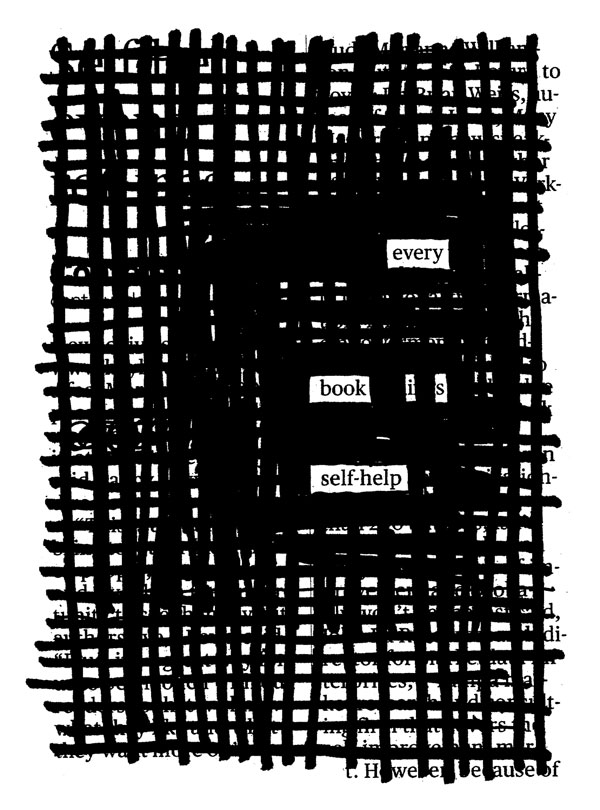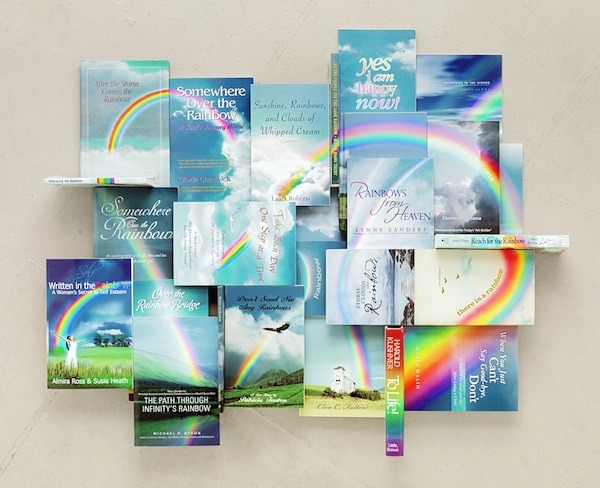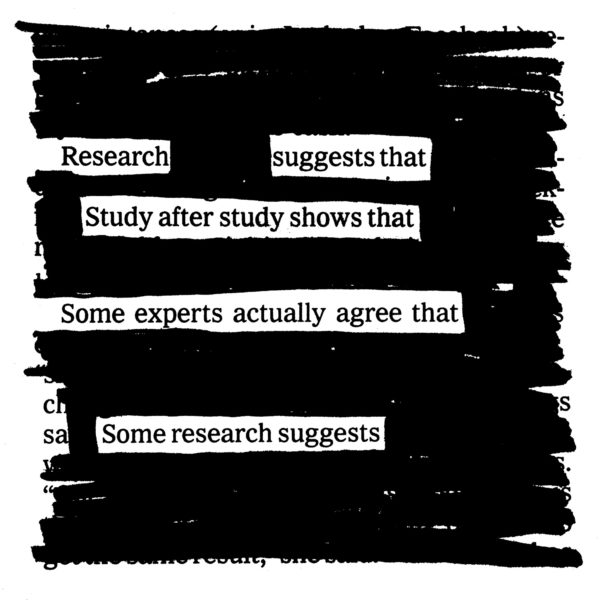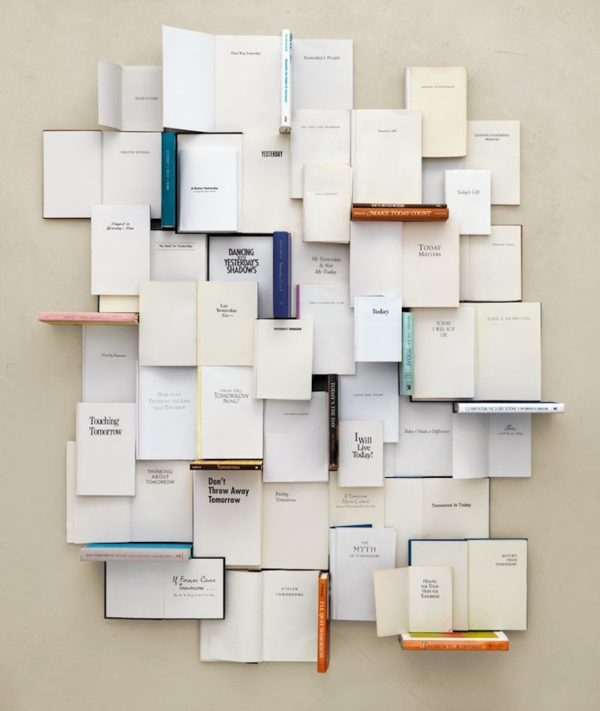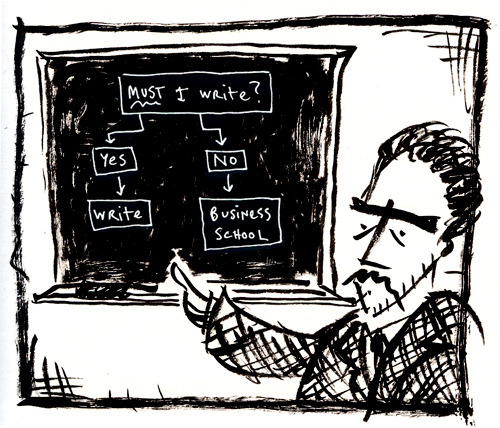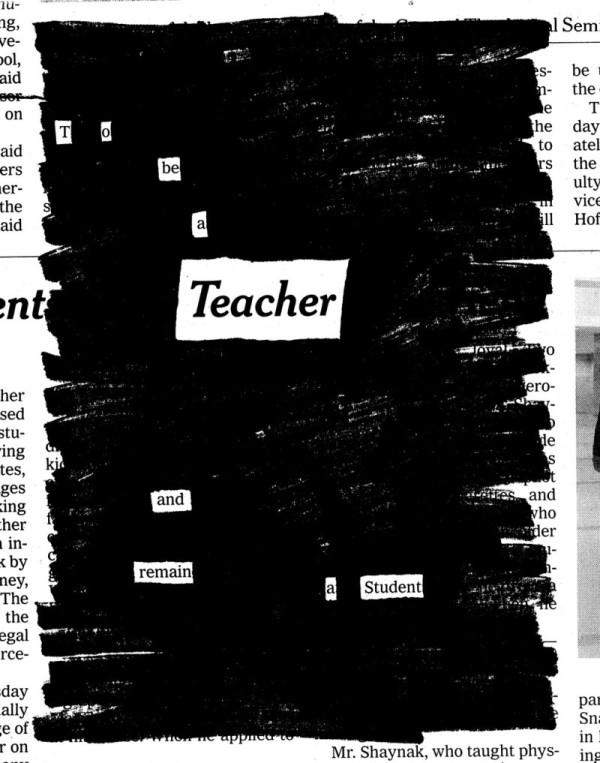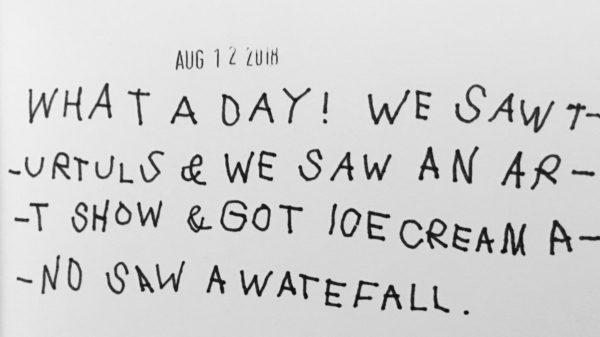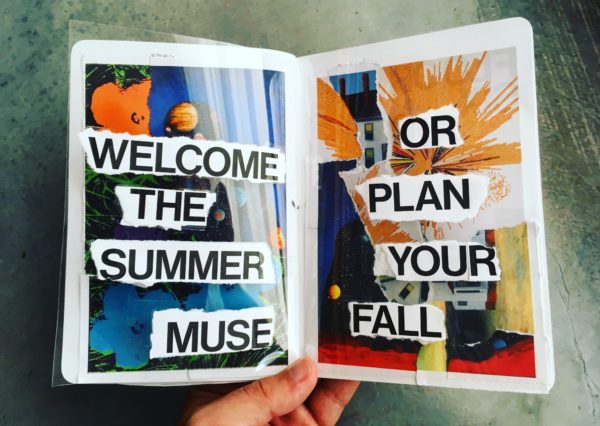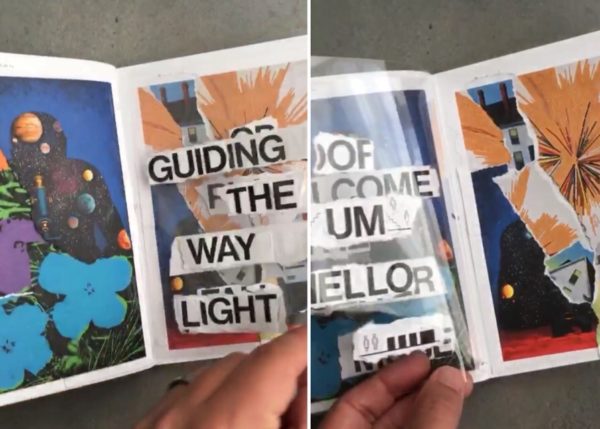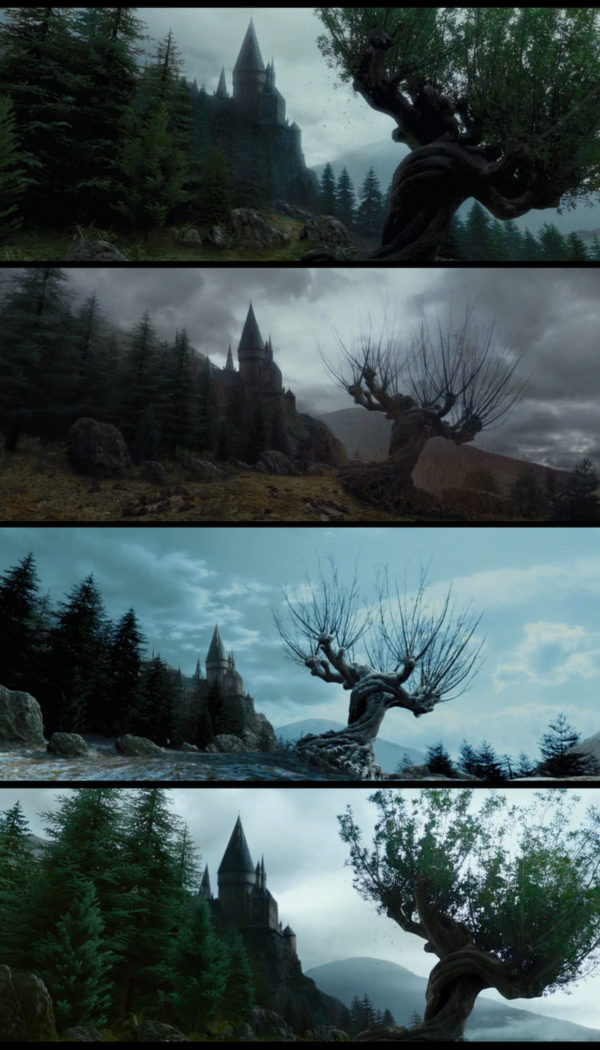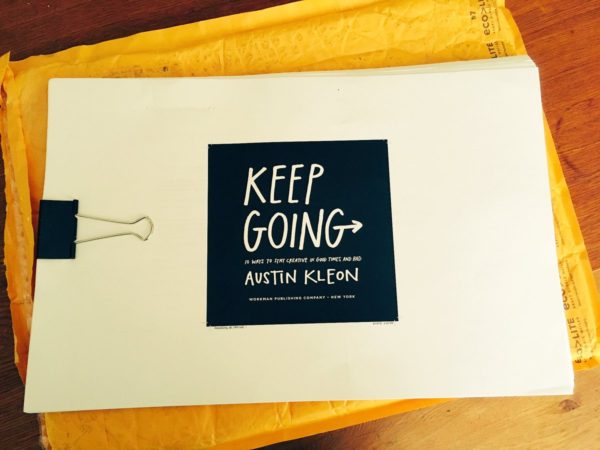
Yesterday I got a big overnighted envelope in the mail with the printout of the first pass of the next book. I dare say, it’s pretty damned good! Here are some teaser pics of some spreads:
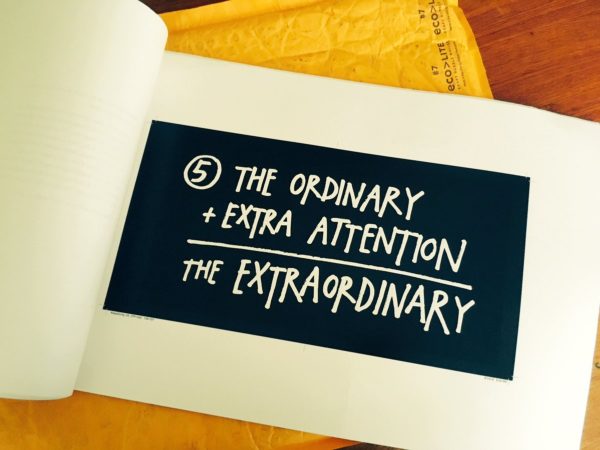
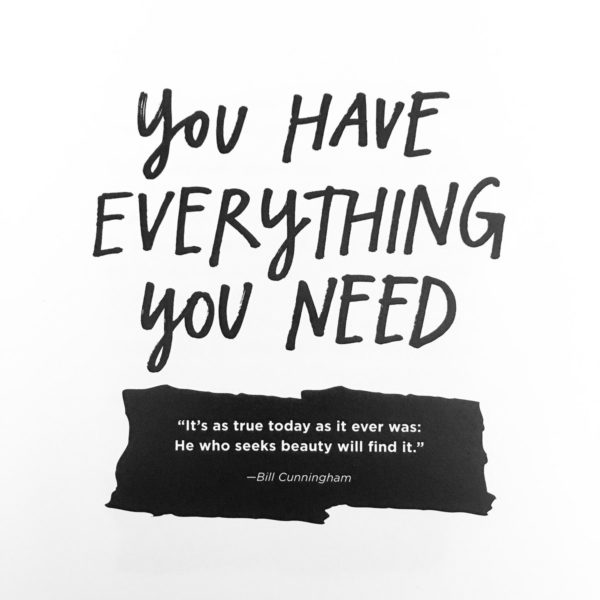
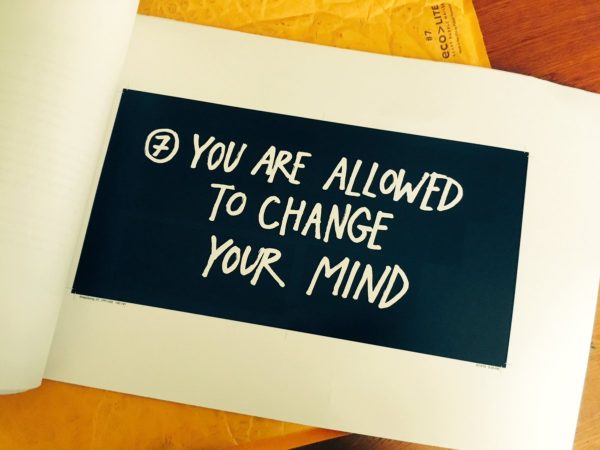
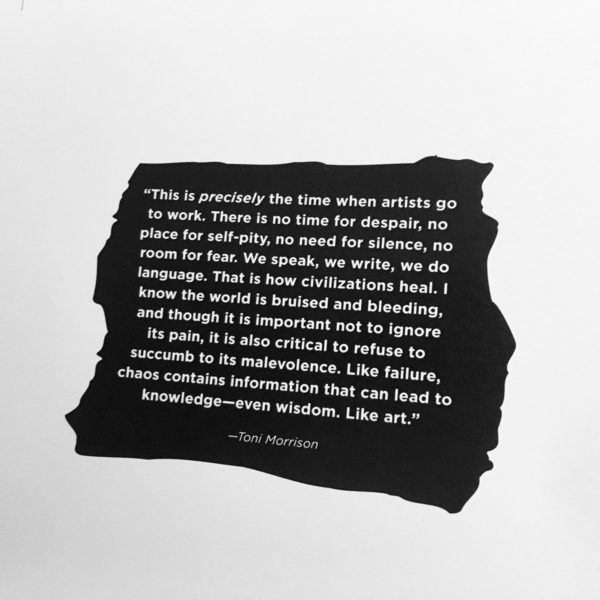
I walked into the kitchen to tell the 5-year-old that it was tubtime, and this scene unfolded:
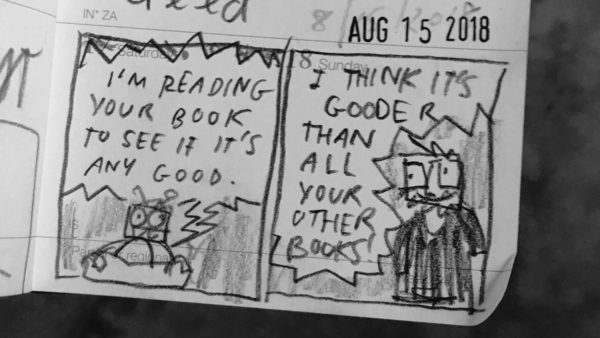
Unfortunately, we have to wait eight months for it to come out in April of next year, which is actually super quick in publishing time, but glacial on one’s nerves. Soon the book will enter what Jonathan Lethem calls “The Gulp”: “that interlude where the book has quit belonging to you, but doesn’t belong to anyone else yet.”
